My passport is well-worn, filled with stamps from bustling cities and remote corners of the globe. I’ve witnessed the grandeur of the Himalayas and the vibrant chaos of Tokyo, but some of my most cherished memories come from a place much closer to home: Biscayne National Park. Just south of Miami, this park isn’t your typical postcard landscape. It’s a watery wilderness, a mosaic of turquoise bays, emerald islands, and a vibrant coral reef teeming with life.
What truly sets Biscayne apart is its hidden nature. You won’t find towering peaks or sweeping vistas here. Instead, the magic lies beneath the surface, in a world of shimmering light, swaying seagrass, and vibrant coral formations that rival the most exotic destinations. It’s a place where you can kayak through mangrove tunnels, snorkel with colorful fish, and witness the graceful ballet of manatees – all within sight of the Miami skyline. Come with me and nationalparkshops.com as we dive into the fascinating facts about Biscayne National Park – a place that proves adventure can be found in the most unexpected places.
General Information about Biscayne National Park
Biscayne National Park spans 172,971 acres (approximately 270 square miles), making it one of the largest national parks in the United States. What makes it particularly unique is that 95% of the park is underwater, primarily consisting of the shallow waters of Biscayne Bay and the extensive coral reefs that lie offshore. Established as a national park in 1980, it was initially designated as a national monument in 1968 to protect its natural resources.
The park is located at the northern end of the Florida Keys, bordered by Key Biscayne to the north and Key Largo to the south. Its diverse landscape includes mangrove forests, coral reefs, and over 33 islands, known as keys, which provide a habitat for various wildlife species. Visitors can access the park primarily by boat, making it a perfect destination for water-based activities.
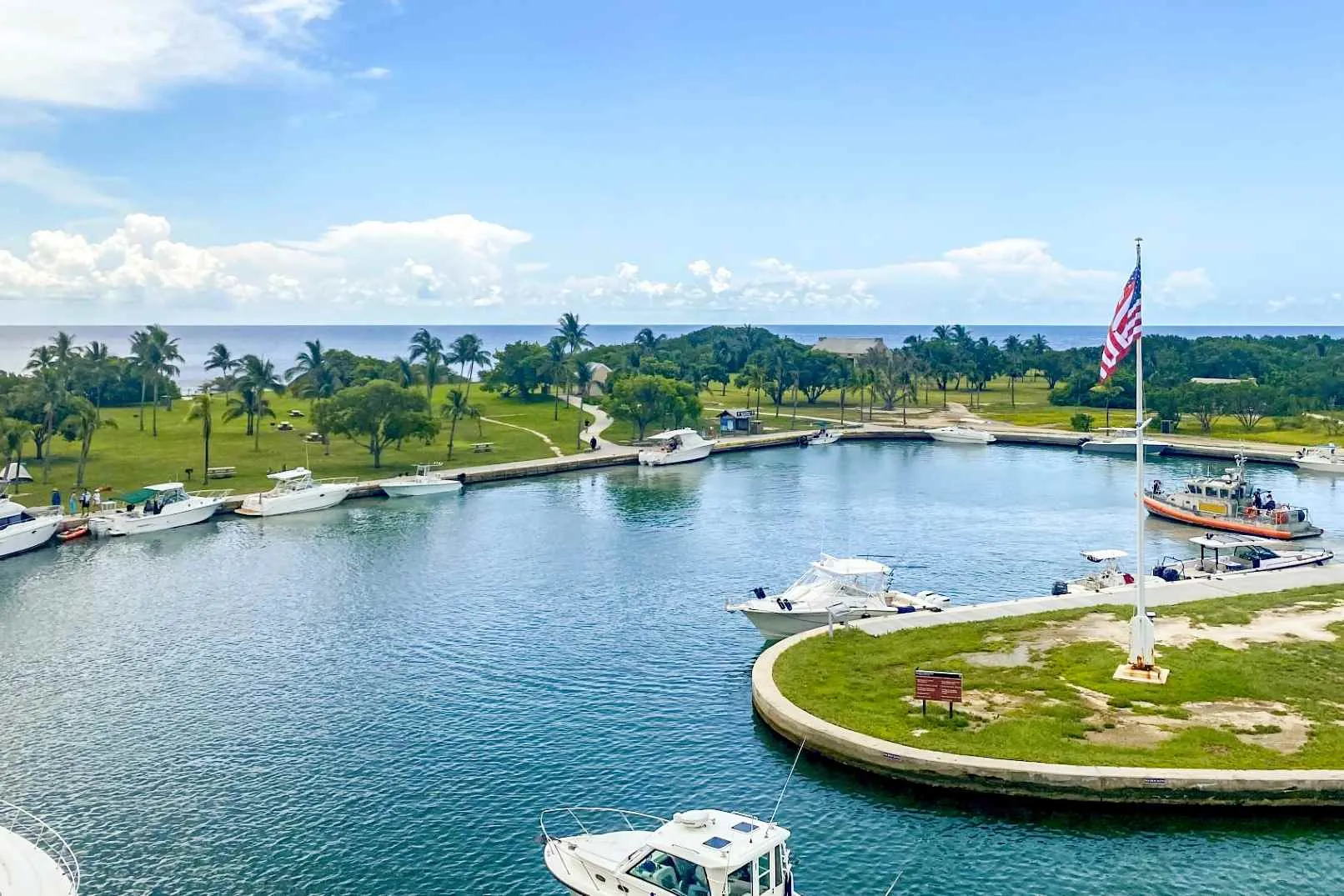
Read More: Biscayne National Park Weather: Average Temperatures Each Season
What is unique features of Biscayne National Park?
Biscayne National Park is unlike any other national park I’ve visited, and trust me, I’ve seen a few! What makes it so special? Well, get ready for some mind-blowing facts about Biscayne National Park that’ll have you itching to book a trip.
Biscayne National Park isn’t your typical mountains-and-forests kind of place. Here, the real magic happens underwater. You’ll find yourself exploring the northernmost living coral reefs in the continental US – a vibrant underwater city teeming with over 200 species of fish. Imagine swimming alongside colorful angelfish and parrotfish, marveling at the intricate formations of elkhorn and brain coral. It’s an experience that will leave you in awe of nature’s artistry.
But the adventure doesn’t stop there. Biscayne boasts four incredible ecosystems, each with its own unique charm. You can paddle through tranquil mangrove forests, the nurseries of the sea, where juvenile fish and other marine creatures find shelter. Or, you can venture into the shallow waters of Biscayne Bay, a haven for seagrass beds that attract gentle giants like manatees and graceful sea turtles.
And if you’re a history buff, you’re in for a treat! The park’s geological features tell a fascinating story of the region’s past. You’ll encounter fossilized coral formations and limestone keys that offer a glimpse into the forces that shaped this incredible landscape. These features not only add to the park’s beauty but also play a vital role in supporting its diverse ecosystem.
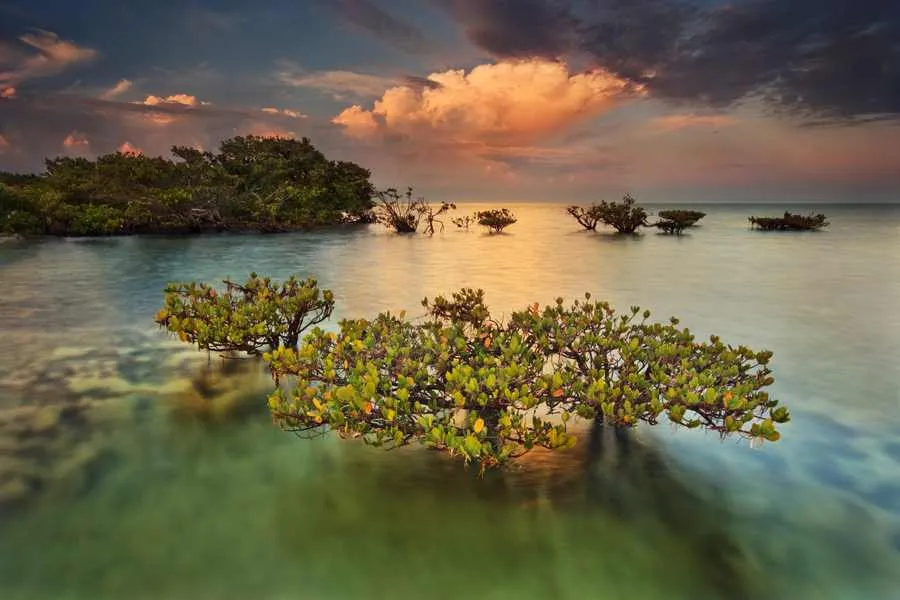
Historical Significance of Biscayne National Park
Get ready to uncover some fascinating facts about Biscayne National Park! Did you know this park is steeped in history, with traces of human life dating back over 10,000 years? Imagine, the Glades culture and later the Tequesta people thrived here, relying on the bounty of the bay and its surroundings. Today, the park preserves remnants of these early inhabitants, offering a glimpse into their rich cultural heritage.
But that’s not all! Biscayne National Park also holds secrets beneath the waves. Over 40 documented shipwrecks lie within its boundaries, silent witnesses to the perils faced by sailors navigating the treacherous reefs. These wrecks, now transformed into artificial reefs teeming with marine life, offer exciting diving opportunities and a captivating glimpse into the region’s maritime history.
And here’s a fascinating tidbit for history buffs: during the Cold War, Elliott Key, the largest island in the park, served as a training ground for the CIA! They used this secluded location for operations focused on Cuba, adding another layer of intrigue to the park’s already captivating story.
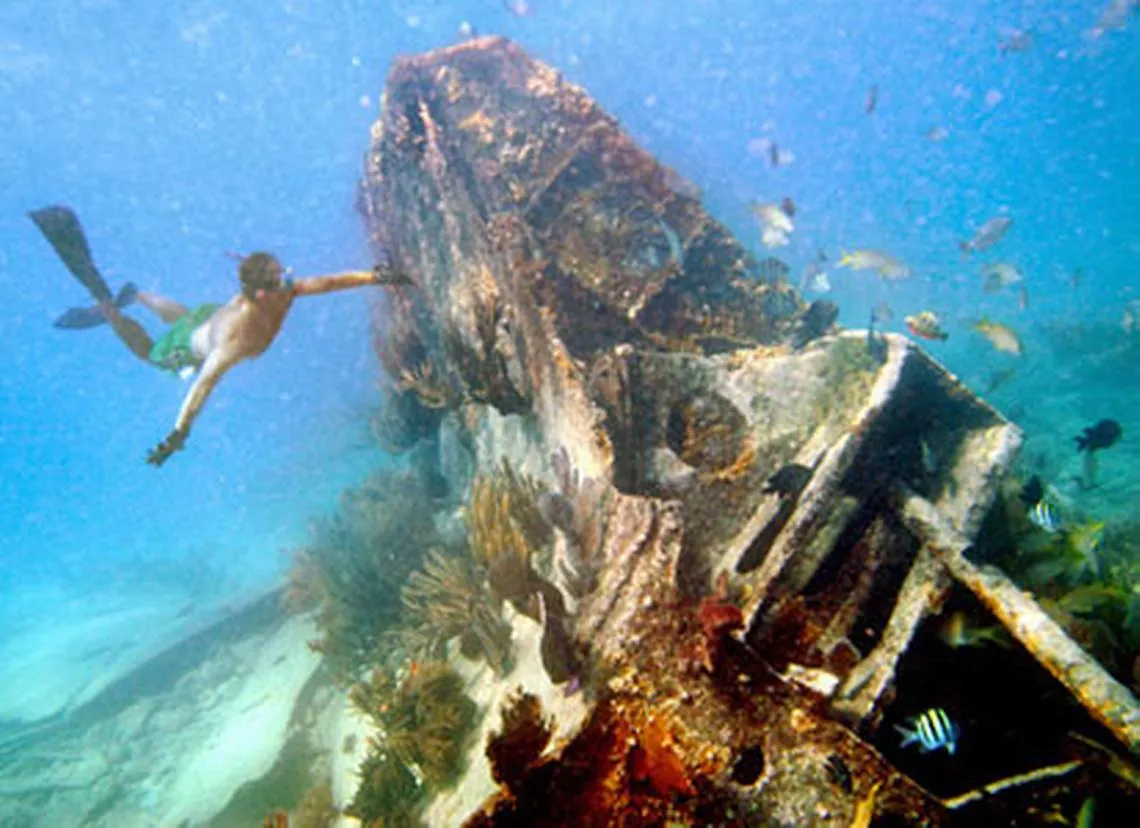
How many visitors visit Biscayne each year?
As far as I know, facts about Biscayne National Park, the park attracts a significant number of visitors each year, with approximately 700,000 to 800,000 people exploring its natural beauty annually. The park’s proximity to Miami makes it a popular destination for both locals and tourists seeking outdoor adventures and a respite from city life.
Visitors come to enjoy a variety of activities, including snorkeling, diving, kayaking, and camping. The park’s unique ecosystems and stunning landscapes provide an excellent backdrop for outdoor enthusiasts and nature lovers alike. The visitor center, located at Convoy Point, serves as a hub for information and resources, helping guests make the most of their experience.
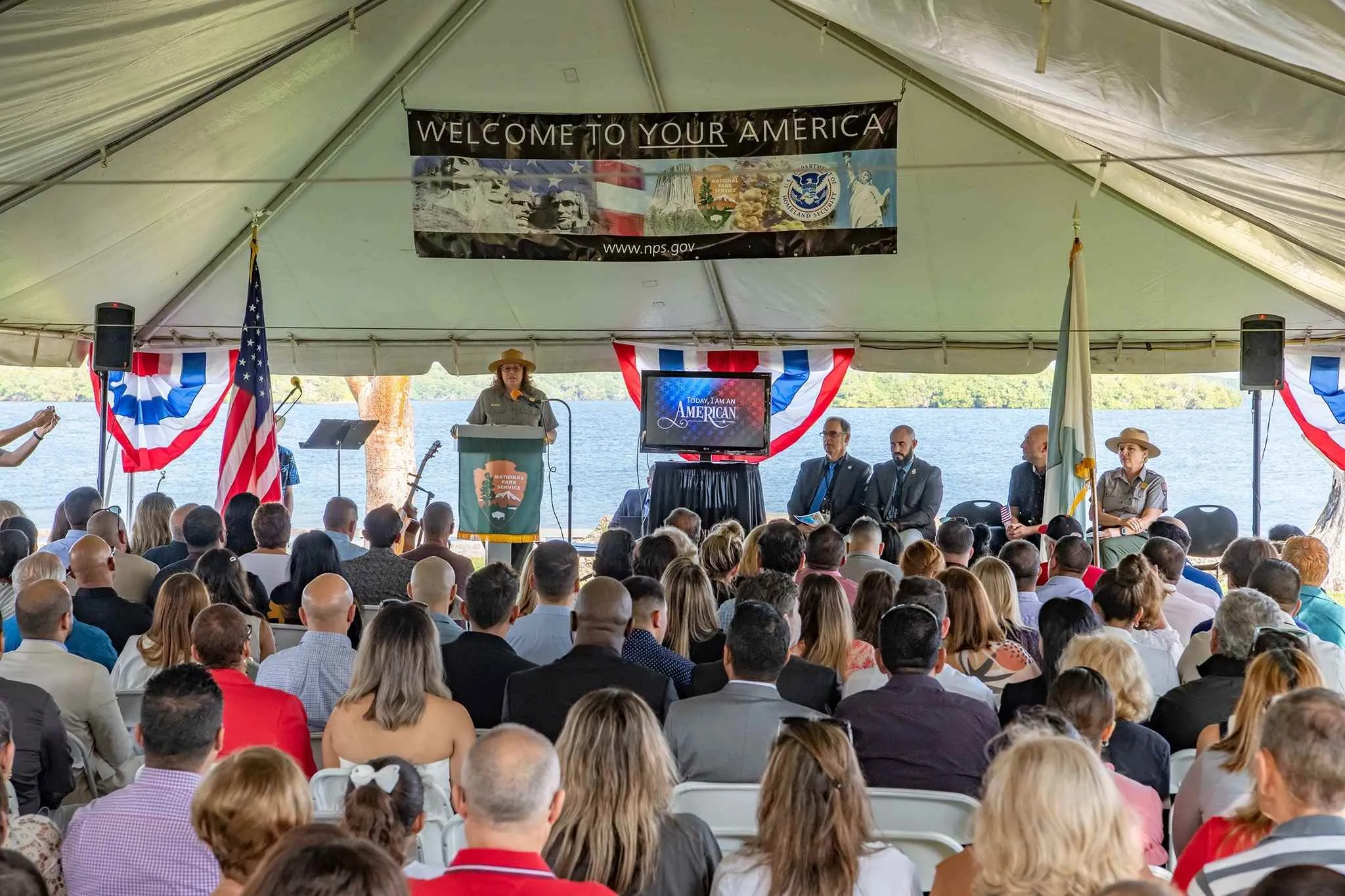
Read More: Best Hotels Near Biscayne National Park
Top things to do in Biscayne National Park
One of the facts about Biscayne National Park. The park isn’t just for looking – it’s for experiencing! With 95% of its area underwater, this park is a haven for water-based activities. But even if you prefer to stay dry, there’s plenty to discover. Here are some of the top ways to immerse yourself in the magic of Biscayne:
Snorkeling and Diving
Snorkeling and diving are undoubtedly the highlights of any visit to Biscayne National Park. With 95% of the park underwater, the vibrant coral reefs and diverse marine life offer an unforgettable underwater adventure.
Various operators, including the Biscayne National Park Institute, offer guided snorkeling tours that take you to some of the best spots in the park. These tours typically last half a day and include visits to coral reefs, mangroves, and even shipwrecks. You can expect to see over 600 species of fish, including colorful parrotfish, angelfish, and the majestic sea turtles that frequent the area. The facts about Biscayne National Park are the tours are designed for all skill levels, making it a perfect activity for families and first-time snorkelers.
For those looking for a deeper experience, diving in Biscayne National Park is a must. The park features several dive sites, including the Maritime Heritage Trail, which showcases six historic shipwrecks. These wrecks have become artificial reefs, providing shelter for marine life and creating extraordinary dive sites. Dive operators, such as Diver’s Paradise and Ace Diving, offer guided dives and equipment rentals, ensuring a safe and enjoyable experience for divers of all levels.
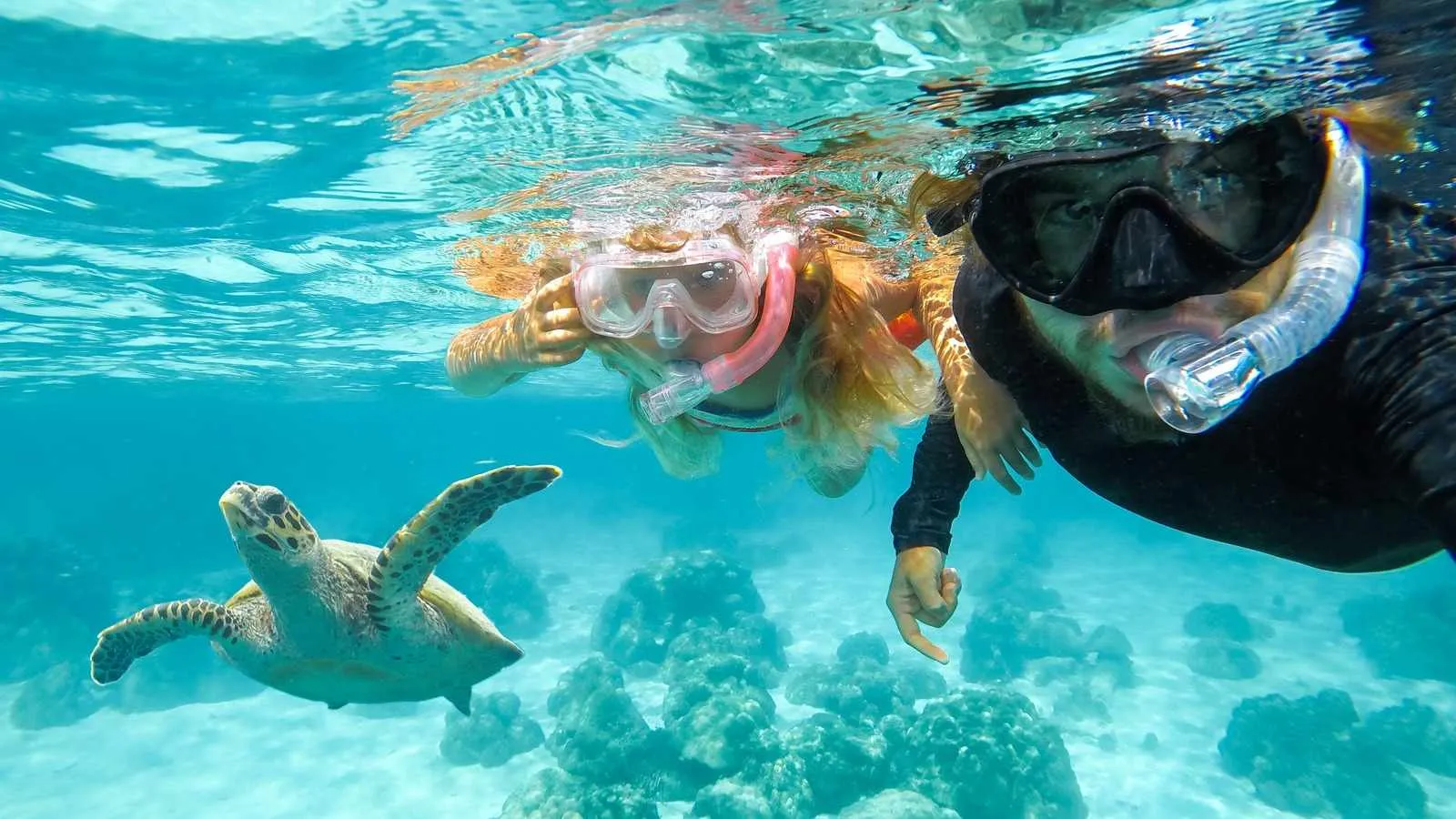
Kayaking
Want to experience Biscayne National Park from a whole new perspective? Grab a kayak and get ready for an adventure! The calm, clear waters of Biscayne Bay and the intricate network of mangrove forests make this park a paddler’s paradise.
One of the coolest facts about Biscayne National Park is that you can explore its hidden waterways on a guided kayak tour. The Biscayne National Park Institute offers fantastic tours led by expert naturalists. They’ll take you through the mangrove tunnels and seagrass meadows, sharing fascinating insights about the plants and animals that call this place home. During your 1.5-hour journey, you might spot colorful birds, scurrying crabs, or even young fish hiding amongst the mangrove roots. It’s a truly immersive experience!
But hey, if you’re more of a go-at-your-own-pace kind of explorer, that’s cool too! Kayak rentals are readily available, giving you the freedom to chart your own course. Paddling through the tranquil mangroves offers a unique perspective on the park’s diverse ecosystems. It’s a chance to connect with nature on a deeper level, surrounded by the sights and sounds of this incredible environment.
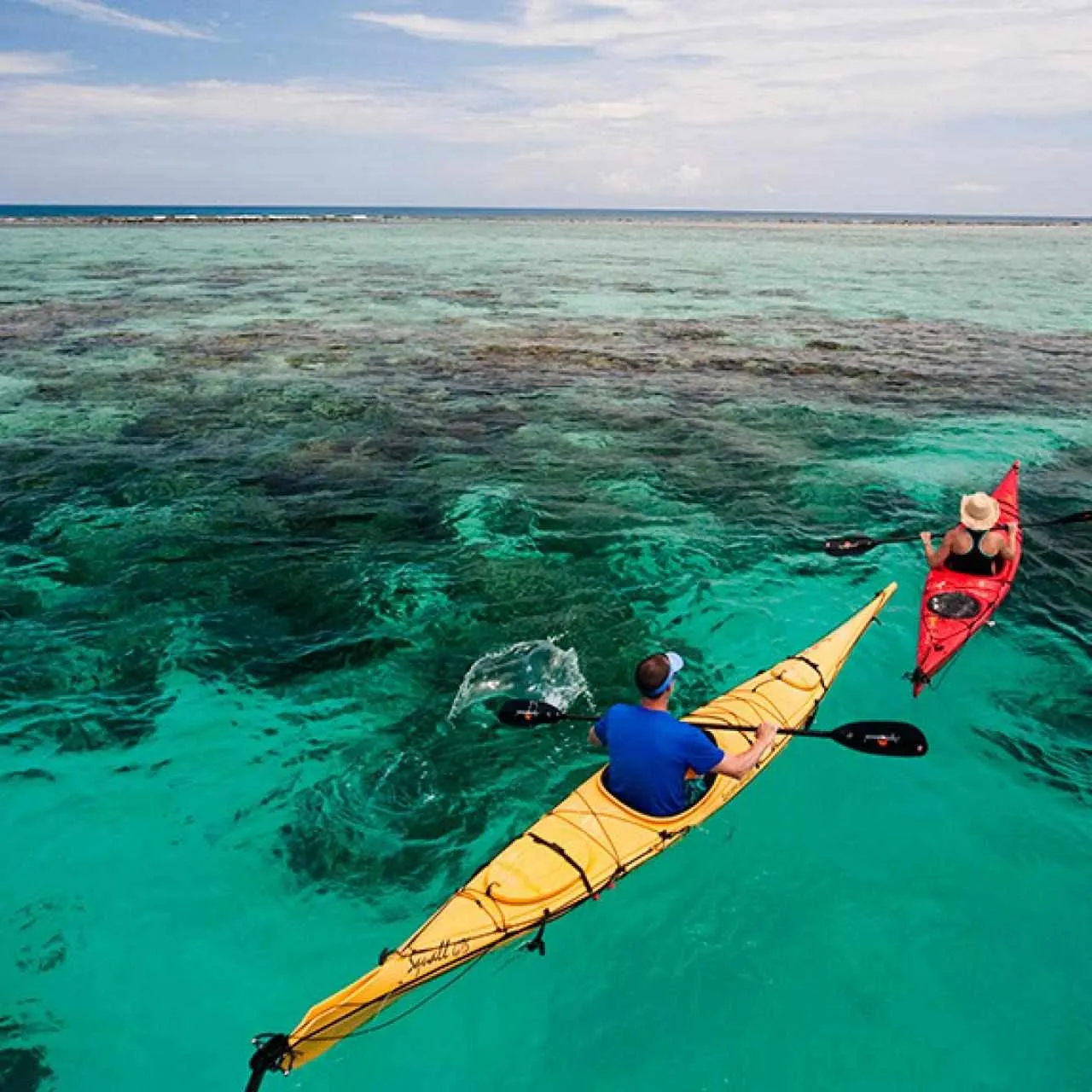
Camping
Here’s another amazing facts about Biscayne National Park. Grab your tent and sleeping bag because Biscayne National Park camping here is an experience you won’t soon forget! You’ve got two incredible island campgrounds to choose from, each offering a unique slice of paradise:
Elliott Key: Embrace the Island Life
Elliott Key, the park’s largest island, is your go-to for a more developed camping experience. Think picnic tables for enjoying meals al fresco, restrooms for your convenience, and even cold showers to rinse off after a day of exploring. But the real highlight? Waking up to breathtaking sunrises over the Atlantic and ending your day with fiery sunsets that paint the sky in vibrant hues. Plus, you’ll have easy access to some of the park’s best snorkeling and diving spots right from your doorstep!

Boca Chita Key: Find Your Tranquil Escape
If you’re craving a more secluded and primitive camping adventure, Boca Chita Key is calling your name. This charming island offers a quieter, more intimate experience. Picture yourself relaxing on a small, secluded beach, enjoying a picnic lunch with loved ones, and escaping the hustle and bustle of everyday life. As night falls, prepare to be amazed by the star-studded sky, far from the city lights. Camping on Boca Chita Key is the perfect way to reconnect with nature and find your inner peace.

Wildlife Watching
Get ready to grab your binoculars and channel your inner wildlife enthusiast, because here’s another incredible facts about Biscayne National Park: it’s a haven for bird and marine life! With over 200 species of birds calling this park home, you’re in for a real treat. Imagine spotting graceful herons, elegant egrets, and if you’re lucky, the endangered roseate spoonbill with its vibrant pink plumage. During the winter months, migratory birds flock to the park, adding even more variety to your birdwatching adventures.
But the wildlife wonders don’t stop there! Dive into the turquoise waters and prepare to be amazed by the marine life that thrives beneath the surface. While snorkeling or kayaking, keep your eyes peeled for playful dolphins leaping through the waves, gentle manatees grazing on seagrass, and graceful rays gliding along the sandy bottom. The shallow waters of Biscayne Bay are teeming with life, and guided tours often offer the best chance to witness these incredible creatures up close.
Want a more in-depth wildlife experience? Join a guided eco-tour led by knowledgeable naturalists who’ll share fascinating insights into the park’s diverse ecosystems and the creatures that call them home. You’ll learn so much and come away with a deeper appreciation for the natural wonders of Biscayne National Park.

What are some fun facts about Biscayne National Park?
Biscayne National Park, located just south of Miami, is a stunning natural treasure that offers a wealth of fascinating facts. One of the most remarkable aspects of the park is that 95% of its nearly 173,000 acres are underwater, making it a paradise for water enthusiasts. This underwater expanse includes the northernmost living coral reefs in the continental United States, providing a vibrant habitat for diverse marine life.
The park is also home to Elliott Key, the largest island within its boundaries and the first of the “true” Florida Keys. Interestingly about facts about Biscayne National Park, Elliott Key has a historical connection to the CIA, as it was used as a training area in the early 1960s for operations focused on Cuba. Biscayne Bay was originally intended to be part of Everglades National Park, but it was excluded to reduce opposition during the park’s establishment in 1980.
Biscayne National Park is not just about its natural beauty; it also has a rich history. The area has been inhabited for over 10,000 years, with evidence of the Glades people and later the Tequesta tribe. Visitors can explore the park’s Maritime Heritage Trail, which features six shipwrecks that tell the story of maritime history in the region.
With an average depth of just 10 feet, Biscayne Bay is generally shallow, making it ideal for snorkeling and kayaking. Each year, the park attracts approximately 700,000 visitors, all eager to experience its unique ecosystems, including mangroves, coral reefs, and seagrass beds.
Read More: Guide To Best Time To Visit Biscayne National Park
FAQs about facts about Biscayne National Park
Why is Biscayne National Park famous?
Biscayne National Park is famous for its stunning coral reefs, diverse ecosystems, and rich cultural history. It protects the northernmost living coral reefs in the continental United States, attracting snorkelers, divers, and nature enthusiasts from around the world.
What are some notable historical sites in Biscayne National Park?
Notable historical sites in the park include the various shipwrecks scattered throughout its waters, remnants of the Tequesta people, and the Cold War-era training site on Elliott Key. These sites provide insight into the region’s maritime history and cultural heritage.
What rare animals are found in Biscayne National Park?
Biscayne National Park is home to several rare and endangered species, including the smalltooth sawfish, manatees, and green and hawksbill sea turtles. The park’s diverse ecosystems support a wide range of wildlife, making it a vital habitat for these species.
Conclusion
From its vibrant coral reefs to its tranquil mangrove forests, Biscayne National Park offers a truly unique escape, unlike any other place I’ve explored. It’s a testament to the beauty and diversity that can be found just beneath the surface, a reminder that adventure doesn’t always require a far-flung destination. So, next time you’re seeking a different kind of escape, a place where nature reigns supreme and the wonders of the underwater world await, remember the hidden gem that is Biscayne National Park. You won’t be disappointed.

